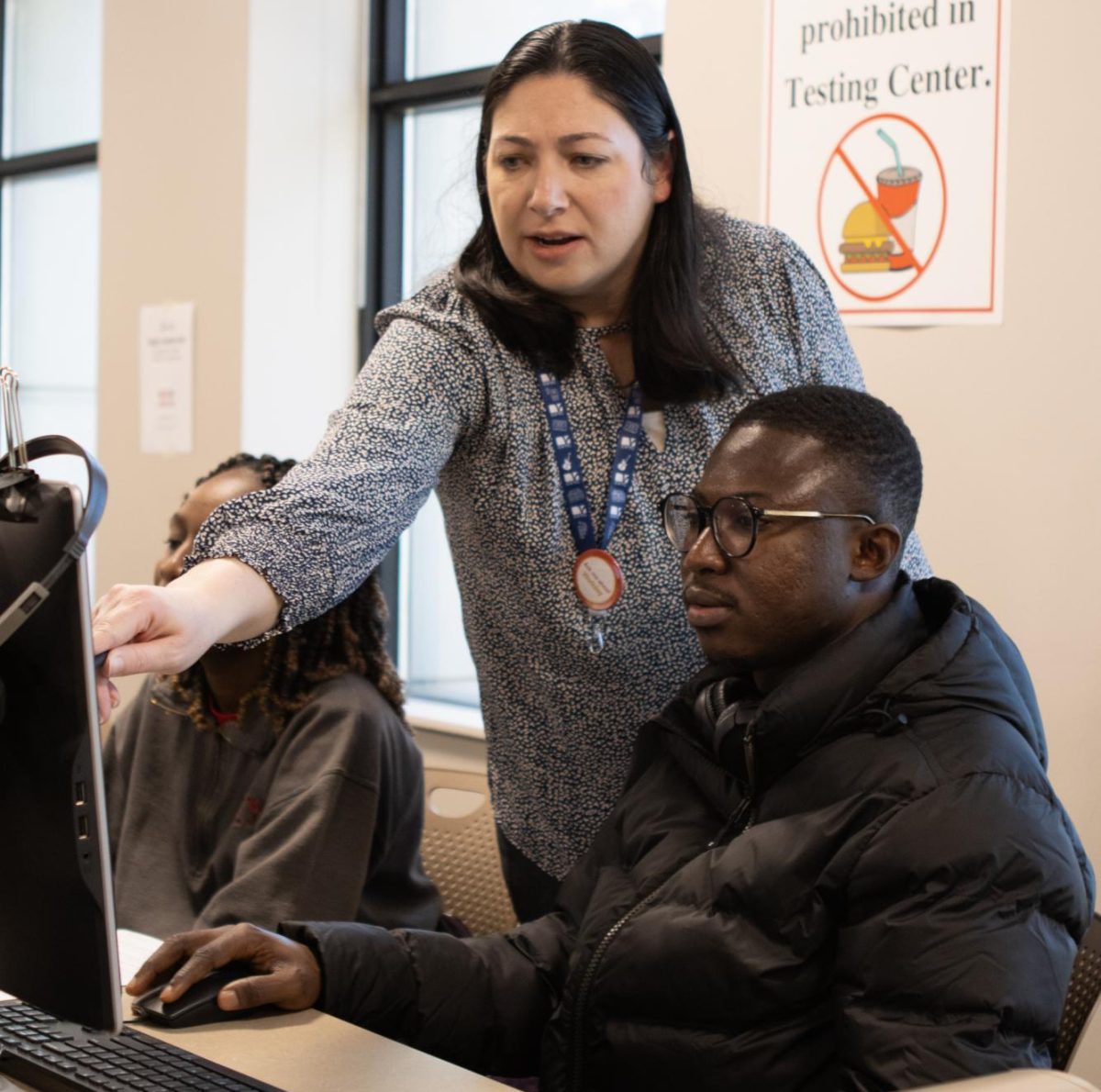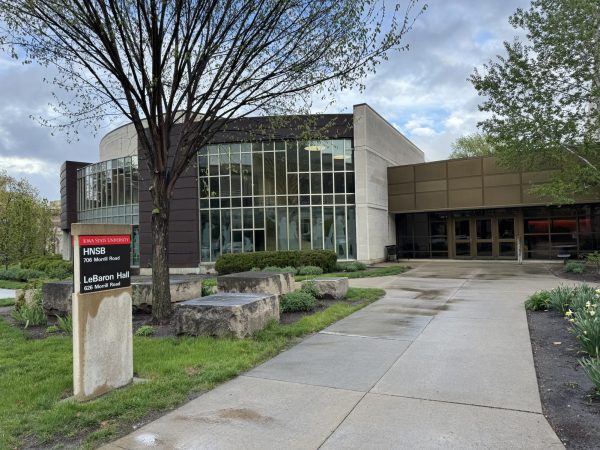ISUComm to replace English 104, 105
February 26, 2007
As new forms of communication emerge, ISU administrators and faculty members have been faced with the challenge of how to best meet students’ educational needs. Their solution: ISUComm.
Starting this fall, ISUComm will replace the English 104 and English 105 segment of the curriculum, said Donna Niday, associate professor of English and director of ISUComm foundation courses.
Students currently enrolled in English 104 or 105 may have noticed an emphasis on oral, visual and electronic communication, which is part of the transition into ISUComm.
“Instead of having our English 104 and 105 classes be writing only, all those [communication forms] are integrated,” Niday said.
The acronym Niday and others use to describe the new focus of foundational communication courses is WOVE. It stands for “written, oral, visual and electronic.”
Niday said in addition to the “WOVE” concept, these new courses – which will be called English 150 and English 250 – will also emphasize analysis, composition and reflection.
The movement to change the courses was passed by the Faculty Senate in November 2004, Niday said.
“We provided over 200 hours of workshops for our faculty members, as well as for community college instructors, so that they were more comfortable,” she said.
Before the Faculty Senate approved the switch to ISUComm, a “pilot project” was implemented in fall 2003 with English 104, Niday said. Students who participated in the project are now second-year seniors or alumni.
“We’ve been interviewing and surveying the [students] about their experiences,” Niday said.
The students have “been very receptive to it,” Niday said.
Students usually find one of the four forms of communication in the course to be easier or more enjoyable, which fosters “a better attitude and a better work ethic.”
“For me, as an instructor of the course, one of the most important things to emphasize is that one [communication form] feeds into another,” said James Noland, adjunct instructor of English.
“The time students spend analyzing a visual, for example, will help them analyze a piece of text.”
Noland said the ethical implications of the visualized, digitized world of communication will also be emphasized in ISUComm.
“That’s another reason it’s very important for us to teach rhetorically analyzing ads and different modes of communication to make students aware of how powerful the images are,” he said.
“We also talk about citing visual sources, even if it’s just for a class paper.”
Alzire Messenger, senior lecturer of English, said she has found the transition to ISUComm to be a positive experience, although it was somewhat of a challenge at first.
She said one of the strengths of ISUComm is that it gives students some freedom.
“You’re going to have students who do better visually because they’re visual learners,” she said.
“And the fact that we do some oral stuff also reinforces [the learning process].”
















